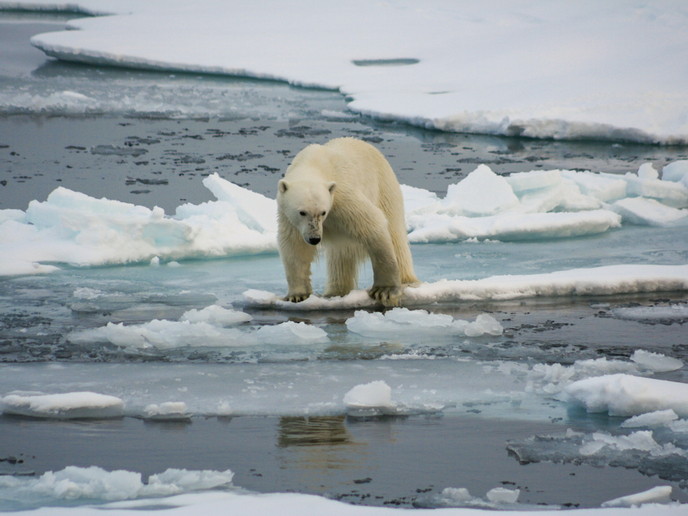The influence of water vapour on storm tracks
Atmospheric circulation in the midlatitudes, which lie between the tropics and the Arctic and Antarctic polar regions, is dominated by strong eddy activity known as storm tracks. Although these storm tracks transport the bulk of heat, momentum and moisture in this region the mechanisms governing them are poorly understood. The role of water vapour and latent heat in particular has been little studied, despite the energy release due to latent heating over storm track formation regions being comparable to baroclinic processes. This lack of research has been addressed by the EU-funded project CIGSTYK2011 (The role of water vapour in midlatitude storm track dynamics). Even small shifts in the location of storm tracks can have a significant effect on regional climate. Hence studying midlatitude storm tracks is important for understanding the dynamics governing these climate processes. Researchers therefore investigated the mechanisms that influence the position and extent of storm tracks and control the formation and intensity of baroclinic eddies within them. Scientists focused on the effects of water vapour and latent heat release on storm track dynamics over the seasonal cycle and investigated how eddy-mean flow interaction controls the midlatitude storm track. This was mainly achieved using an aquaplanet general circulation model (GCM), inserting surface heating into the model to create a storm track and by varying the vertical structure of baroclinicity and potential vorticity (PV) cyclone tracking. The idealised GCM was easy and cheap to run numerically, while providing a realistic setting for analysing the governing physics. This was achieved by controlling parameters such as mean surface temperature and the strength and location of heating. Results showed that localised heating produces a storm track that resembles observed features, including the poleward tilt of the storm track, which increases as the heating strength is increased. Analysis of how the storms vary and evolve over time revealed three mechanisms that control the poleward tilt of the storm track. These were: nonlinear advection by upper level PV, mid-atmospheric latent heat release due to water vapour condensation and stationary waves. The storm track response to global warming was studied by analysing how the vertical structure of baroclinicity affects the intensity of eddies in the atmosphere, and how the shape of the storm track, and its poleward deflection, is affected by change in the mean surface temperature. The results may be used to help plan for and mitigate the impacts of climate change.






